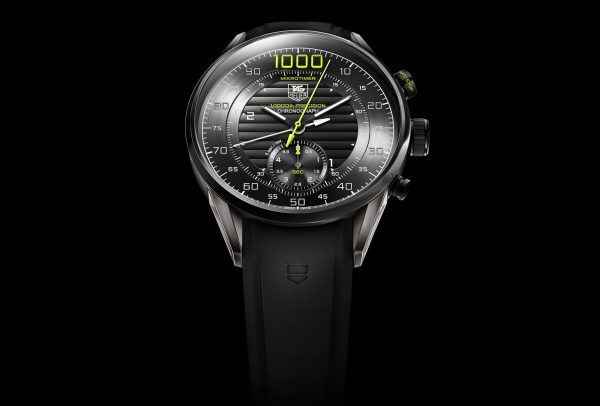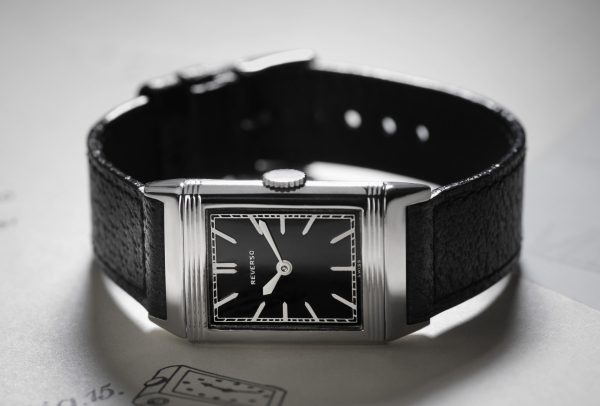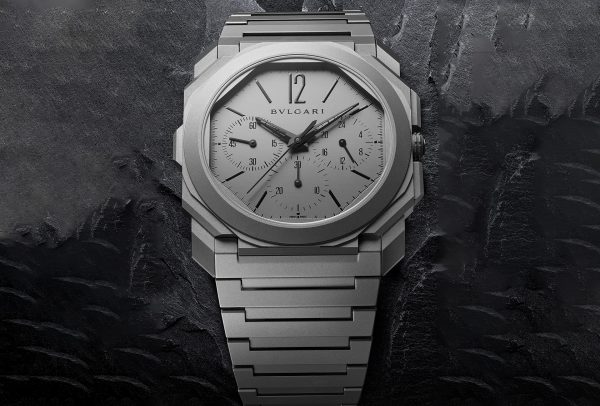Sports watches were originally intended for situations such as diving, parachuting or motor racing that would put an ordinary watch under too much duress. Manufacturers applied themselves to developing shock-absorbing systems, watertight cases and unidirectional bezels that were adapted to this specific, often professional use. Explorers – and their watches – climbed Everest, dived to the bottom of the ocean, or walked on the moon. Ultimately, these innovations found their way into everyday life, meaning the watch we wear for a night at the movies is infinitely more reliable than a marine chronometer or an early pilot’s watch.

Chronographs were brought up to speed (technically speaking) so they could record lap times at the Indy 500 or the Le Mans 24 Hour race, but it’s been a good few years since timing was down to a track official and a mechanical stopwatch. Today’s motor-racing performances are measured by beacons and transponders that send data to a computer. Even the drivers themselves no longer keep their mechanical watch while racing. Formula 1 champion Alain Prost once told me how he used to wear a watch during competition but was forced to stop “when gravitational forces ripped the bracelet from my wrist. At first I couldn’t understand what had happened, only that something wasn’t right with my hand. I never wore a watch when racing after that.”
Just for show
Out on the polo field, the Jaeger-LeCoultre Reverso is the timepiece of choice. As its name suggests, its case can be flipped over so that the glass is worn against the wrist, protected from mallets and balls. Polo players continue to wear their Reverso with pride, but few would seriously consider it suitable match attire, in particular a model with complications. Galloping onto the field with a watch worth more than the day’s prize money would be sacrilege. And what of the Reverso Tribute Duoface, where it’s a question of which of the two dials are you willing to leave exposed.

Dive watches used to be akin to secret weapons, issued to elite combat units. Now you can buy one off the shelf. As for commercial divers, they prefer to put their trust, and their life, in a wrist-borne computer. Skippers will have no trouble finding a use for a regatta chronograph such as the Rolex Perpetual Yacht-Master II – although this will more likely be razzle-dazzling at a yacht club party than wrestling with a sodden sail. Richard Mille managed to persuade Rafael Nadal to play with a watch on his wrist – one that’s worth a cool million euros – but this was the exception, not the rule. I’ve seen Rafa at Roland-Garros with his superb Tourbillon RM 27-03, and I never saw him check to see if he’d be home in time for dinner before smashing the ball over the net.
It’s a fact: a watch’s “sportiness” has become largely for show. Makers insist that the watch we have before us is more rugged, more robust, more reliable, more functional – but it’s still more accessory than instrument, a grown-up’s plaything, worn for pleasure and more suited to dealing a hand of poker than putting a 16-lb shot. The majority of today’s sports watches are for the armchair athlete.
Record-breakers
But who’s to say watchmaking isn’t a sport in itself, with its champions and records? This year, Bulgari chalked up its fifth world’s-thinnest with the Octo Finissimo Chronograph GMT Automatic. It joins a prestigious roll call of the world’s-thinnest automatic watch, manual-winding tourbillon, automatic tourbillon and minute-repeater. Omega can claim the record for the deepest dive by a watch for the Seamaster Planet Ocean Ultra Deep Professional. Attached to Victor Vescovo’s submersible, it plunged 10,928 metres to the bottom of the Mariana Trench, where no human can survive.

Zenith is promising a mechanical chronograph precise to 1/1000th of a second, an exploit well within its grasp considering it has already been done by one of its stablemates at LVMH, namely TAG Heuer and its Mikrotimer Flying 1000 chronograph, crowned “sports watch of the year” at the Grand Prix d’Horlogerie de Genève in 2011. Except this ultra-high-frequency mechanism raises more problems for the brand than it resolves. More to the point, apart from the fastest sprinter, who needs a watch of such exceptional precision?


















